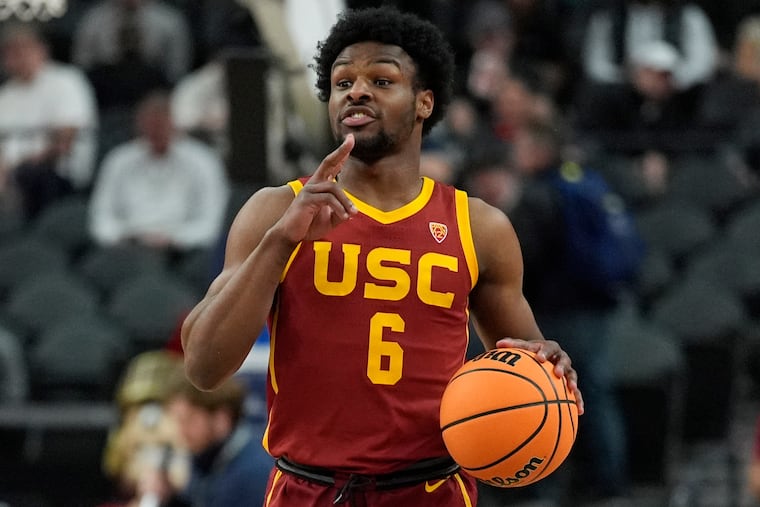It’s time to retire the idea of the ‘amateur athlete’ | Editorial
Many universities make huge sums of money from the labor of students who risk life-changing injuries each time they suit up for their beloved alma mater.

A $2.8 billion settlement that includes a revenue-sharing plan to pay college athletes is like putting lipstick on a pig. Even with makeup, that hog is still ugly, and so is the not-so-subtle intent of this deal, but it could become a catalyst for other changes in America’s outdated educational system.
The class-action litigation was filed by former Arizona State University swimmer Grant House, Texas Christian University women’s basketball player Sedona Prince, and former University of Illinois football player Tymir Oliver. They claim that before rule changes in 2021, the National Collegiate Athletic Association and five major sports conferences (Atlantic Coast, Big Ten, Big 12, Pac-12, and Southeastern) wrongly prevented athletes from earning money off their celebrity.
If approved by a federal judge, the settlement will pay nearly $3 billion over 10 years to more than 10,000 current and former students who played NCAA Division I collegiate sports in 2016 or later. Each impacted school would also share about $20 million a year with its athletes, which shows just how much money college sports at the highest level are making.
It’s important to note that the settlement says the schools will “share” income. Why? Because sharing isn’t paying, and if you aren’t being paid, you can’t be called an employee. By not suggesting in the settlement that any student will be paid, the NCAA and major conferences hope to delay, if not derail, separate lawsuits aimed at having student-athletes classified as employees under federal labor laws.
As employees, student-athletes could form their version of pro sports unions and negotiate labor contracts. But is that really so bad? Consider the huge sums of money being made by universities and high-salaried coaches that are derived from the labor of students who risk life-changing injuries each time they suit up for their beloved alma mater.
Besides, the term “amateur athlete” no longer applies to many players at the Division I level. Not after the NCAA’s long-overdue decision in 2021 to allow players to earn income from the use of their name, image, and likeness. These NIL contracts with outside interests not only allow students to be paid what amounts to salaries, but they also allow universities to be silent partners in lucrative deals that help them keep their best players from transferring to other schools.
Basketball star Caitlin Clark earned $3.1 million in NIL money before leaving the University of Iowa this year for the WNBA, and Louisiana State University gymnast Livvy Dunne has made $3.6 million. But the top NIL earners are University of Southern California basketball player Bronny James, whose father is NBA legend LeBron James, with $4.9 million, and University of Colorado quarterback Shedeur Sanders, whose father is NFL Hall of Famer Deion Sanders, with $4.7 million.
All that money should end the fairy tale that only amateurs play at the Division I level. If you want to see college students playing solely for their school or love of a game, better avoid watching powerhouses like Michigan, Georgia, and Penn State, whose players may not technically be “employees” but more likely are being paid in some fashion. Must athletes who only enroll in college to be recruited by a pro team take part in such a farce? Many leave school before they graduate. James, a freshman, has already applied for the NBA draft.
Of course, athletes aren’t the only students who discover college won’t take them where they want to go.
Tech billionaires Bill Gates, Mark Zuckerberg, and Steve Wozniak are all college dropouts. That fact helps make the case that high schools must stop assuming a college degree is the best avenue for children to reach their career goals. High school students need more choices than college prep curriculums and more counselors to help them choose the right path.
That doesn’t mean bringing back the “tracking” that too frequently pigeonholed students based on their race, gender, or economic circumstances. Once on a specific track, it was hard for a child to get off of it. But other countries have similar education models that might serve as a guide. Students in Spain, for example, receive guidance and instruction that helps them decide by age 16 whether to pursue a college degree or enroll in a vocational program.
What works in Europe is unlikely to work here, even if we could get past the disheartening politics that hamper almost every attempt to move this country forward. But a better way must be found to help children who will never earn money hitting, throwing, shooting, or kicking a ball to reach more plausible career goals.